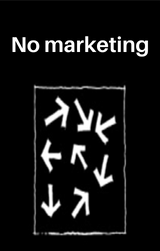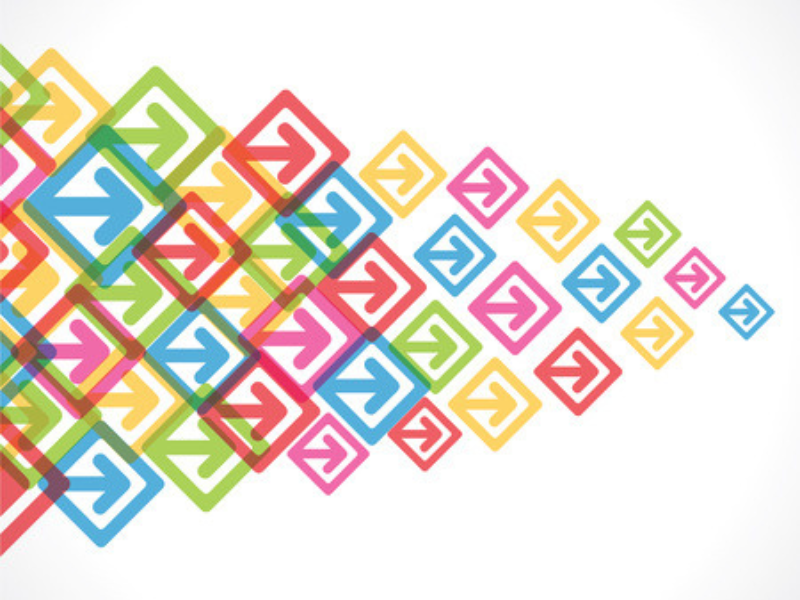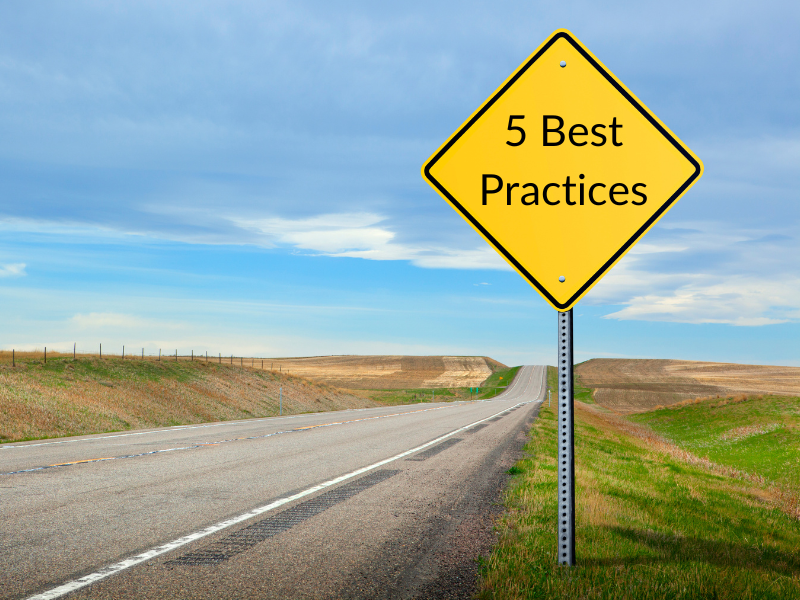Marketing Maturity: Breaking silos

When we talk about maturity, many people think of the personal evolution that everyone goes through during adolescence. But this concept is just as important in the world of marketing. In this blog, we’ll explore the three distinct levels of marketing maturity we regularly observe among our customers.
Before exploring these levels, let’s recall Larousse’s definition of marketing: “All actions whose purpose is to know, anticipate and, possibly, stimulate consumer needs for goods and services, and to adapt production and marketing to the needs thus specified.”
Understanding where you stand can help you take the next step toward growth and profitability.
Level 1: No marketing
Thinking you’re already doing marketing? This section is also for you!
At the first level, the company needs a well-defined marketing function. As the picture shows, there are many activities scattered in all directions. This type of company represents around 30% of Maïeutyk’s customers.
Here’s their typical profile: they have a website and marketing materials like brochures and business cards. If sales don’t meet expectations, they either launch advertising campaigns or put pressure on the sales team to redouble their efforts and sell more. This is akin to a “push” marketing strategy, which, incidentally, is increasingly being criticized and balanced with a “pull” strategy. The latter aims to attract the customer by developing a content strategy centred on the persona, i.e. the profile of your fictitious ideal customer.
From the outside, these companies often give the impression of success. Yet this success could be attributed more to “good timing” and a quality product than to good marketing. As a result, they quickly reach a growth threshold and run out of steam. These companies rely heavily on their existing, loyal customer base but find it challenging to attract new customers and take the next step toward growth. A characteristic of this type of company – which is not necessarily a flaw but rather an indication of the need for advice – is their tendency to focus on price competition. This approach can affect their margins and, ultimately, their profitability.
Unfortunately, this strategy can also harm the brand or customer experience. Indeed, the multi-directional arrows in the image also illustrate their customers’ confused perception of them: their positioning could be more explicit. Moreover, employees don’t feel involved or challenged by the company’s value proposition, which needs to be clearly defined. This makes it difficult for them to grasp the impact of their role on the customer experience.
In short, in companies at the first level of marketing, the customer, employee, and brand experiences must be clearly defined. As a result, members of these companies find it challenging to answer the following questions in a unified way:
- What promise is your company committed to delivering with your product or service?
- What feelings and emotions does your customer experience before, during, and after purchasing your product or service?
- Are your employees aware of what they’re working towards and for which customers?
In such situations, Maïeutyk’s Transformation package may be a wise choice. It aims to completely transform the company’s marketing by aligning these three essential spheres, enabling the organization to reach a higher level of development without overloading internal teams.
Level 2- Traditional Marketing
This second image illustrates the second level of marketing—traditional marketing—which accounts for 70% of Maïeutyk’s customers.
But what exactly is marketing?
According to the article “Traditional or digital marketing? Why not a mix?” by HEC Montréal, it’s a “form of marketing that has developed strongly over the last century. It involves using standard techniques to contact consumers and promote a company’s service or product. In other words, it’s conventional marketing instead of digital marketing.”
Thus, traditional marketing companies may have the following profile: they run active marketing campaigns and offer promotions. There is a person or team dedicated to marketing, but actions are often carried out in silos. This applies as much to marketing campaigns as to their interaction with sales, customer service, or operations, each operating independently in their field.
Let’s take a concrete example to illustrate this concept.
A former customer, a 125-employee high-tech B2B SME with an excellent reputation, was losing market share to a competitor. During a co-creation workshop, by mapping their customer’s buying process with the technical, marketing, sales, customer service, and communications teams, they realized for the first time the impact of each department on the others and, ultimately, on their ability to serve the customer effectively. As a result of this exercise, they saw the customer experience as a team effort, radically changing how they worked.
“Marketing is too important to be left to the marketing function alone – everyone has to be involved” HBR
Level 3- Marketing everywhere and by everyone
This final image represents the third level of marketing, the ultimate marketing machine, where every team member understands their role in the customer experience and collaborates to enhance it.. The brand experience strives to differentiate the company from its competitors, and this differentiation enhances the company’s margins and profitability. This is what we mean by aligning your BX, CX and EX. It’s also what our customers look like after working with us!
But how do you implement marketing “everywhere and by everyone”?
As previously mentioned, the key lies in involving every department in the company in the marketing process. In particular, this consists of creating an excellent employee experience based on their evolving needs. Maïeutyk’s Organizational Development service is particularly relevant in this context, as it aims to facilitate the customer journey while providing a solid, efficient work structure for your employees. In other words, it ensures that your company’s structure is adapted to support your growth objectives. Implementing an organizational development strategy can lead to changes in several areas:
- The way employees interact and communicate with each other and with customers;
- Job descriptions, roles, and responsibilities;
- Departmental structures, including the opening, closing, or reinvention of a department;
- Hierarchical structures;
- Technological tools used for interactions with customers or between employees, including computer hardware and software;
- The number of employees required, whether increased or decreased.
In short, no matter where you are on the marketing maturity spectrum, every small step towards a better understanding of the buying process and customer experience brings you closer to your ultimate goal.
Would you like to assess your marketing maturity? Take our free diagnostic. You’ll have a clear picture of your current marketing situation in just a few minutes.
Share




